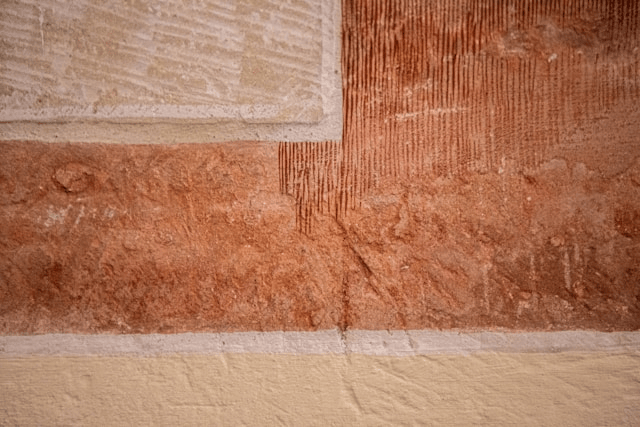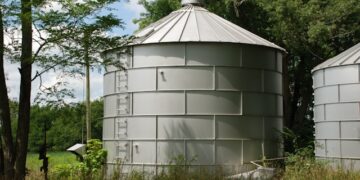Choosing the right color is just one part of the painting process. Equally important but often overlooked is selecting the appropriate paint finish for each surface in your home. The finish you choose impacts the overall look, durability, and maintenance of the space. Whether you’re refreshing a room or tackling a full home makeover, understanding the types of paint finishes can make all the difference.
In this guide, we’ll break down the best paint finishes for every surface, helping you make the right choice for both style and practicality.
Understanding Paint Finishes
A paint finish refers to the sheen or gloss level of a painted surface, which affects how light reflects off it. Each type of finish offers different advantages and challenges. Here’s a quick overview of the most common finishes:
-
Flat or Matte: No shine; best for hiding wall imperfections but less durable.
-
Eggshell: Slight sheen; more washable than flat, ideal for moderate-traffic areas.
-
Satin: A soft, velvety finish with noticeable sheen; good for high-traffic spaces.
-
Semi-Gloss: Reflective and durable; excellent for trim and moisture-prone areas.
-
Gloss (or High-Gloss): Very shiny and highly durable; shows imperfections but is easy to clean.
Paint Finishes by Surface Type
Let’s look at how to choose the best paint finishes based on the specific surface you’re working with.
1. Walls (Interior and Exterior)
Interior Walls:
-
For living rooms, bedrooms, and dining rooms, eggshell or satin finishes are popular. They provide a balance of durability and a soft, elegant look.
-
In high-traffic areas like hallways or playrooms, satin offers better resistance to scuffs and can be wiped clean easily.
Exterior Walls:
-
Use a satin or semi-gloss finish for exterior walls. These finishes are weather-resistant and easier to wash, which helps maintain curb appeal over time.
Best paint finish for walls: Eggshell or satin indoors; satin or semi-gloss outdoors.
2. Ceilings
Ceilings typically don’t need to be scrubbed or cleaned often, and light reflection can highlight flaws, so flat or matte finishes are best. They reduce glare and help hide minor imperfections.
Best paint finish for ceilings: Flat or matte.
3. Trim, Baseboards, and Moldings
Trim and moldings endure frequent contact and require durability. Use a semi-gloss or gloss finish to highlight architectural details and allow for easy cleaning.
Best paint finish for trim: Semi-gloss for a classic look; gloss for a bolder, high-shine style.
4. Kitchens and Bathrooms
These rooms are exposed to moisture, heat, and frequent cleaning, so durability is essential.
-
Use satin or semi-gloss finishes on walls for easy maintenance.
-
For cabinets and woodwork, semi-gloss or gloss finishes work best due to their resistance to moisture and staining.
Best paint finish for kitchen and bathroom: Satin for walls; semi-gloss or gloss for cabinets and trim.
5. Doors and Cabinets
Doors and cabinets get touched and bumped often, making semi-gloss or gloss finishes the ideal choice. These finishes provide a sleek, polished look and are easy to wipe down.
Best paint finish for doors and cabinets: Semi-gloss or gloss.
6. Furniture
When painting furniture, consider both appearance and wear. A satin or semi-gloss finish is usually ideal it gives a smooth surface while holding up to daily use.
For a dramatic or modern look, gloss can be used, especially on accent pieces.
Best paint finish for furniture: Satin for versatility; semi-gloss or gloss for added durability and shine.
7. Floors (Optional)
For concrete or wooden floors, use specialized floor paints with a semi-gloss or gloss finish. These are designed to withstand foot traffic and resist wear.
Best paint finish for floors: Gloss or semi-gloss floor-specific paint.
Factors to Consider When Choosing a Finish
When selecting a paint finish for any surface, think about:
-
Durability: High-traffic areas need tougher finishes like satin, semi-gloss, or gloss.
-
Cleanability: The glossier the finish, the easier it is to clean.
-
Imperfections: Flat or matte finishes hide blemishes better; glossy finishes highlight them.
-
Light reflection: Glossy surfaces reflect light and make spaces feel brighter but may cause glare.
-
Room usage: Consider how often the space is used and whether it’s exposed to moisture, kids, or pets.
Knowing how to choose paint finish based on these factors will help you make more confident decisions.
Pros and Cons of Each Paint Finish
Here’s a quick comparison to help you decide:
Finish |
Pros |
Cons |
Best For |
|---|---|---|---|
Flat/Matte |
Hides imperfections, elegant look |
Hard to clean, less durable |
Ceilings, low-traffic walls |
Eggshell |
Soft sheen, more durable than flat |
Not ideal for moisture-prone areas |
Bedrooms, living rooms |
Satin |
Cleanable, smooth finish |
May show brush strokes and imperfections |
Hallways, kitchens, bathrooms |
Semi-Gloss |
Highly durable, easy to clean |
Reflects light, highlights flaws |
Trim, cabinets, bathrooms |
Gloss |
Tough, modern, bold appearance |
Shows every flaw, harder to apply evenly |
Doors, furniture, accent pieces |
Tips for Application and Maintenance
-
Surface Prep: Always clean and prime surfaces properly. Glossy finishes especially need smooth surfaces to avoid highlighting flaws.
-
Touch-Ups: Flat and eggshell finishes are easier to touch up without showing overlap. Glossy finishes often require repainting entire sections for consistency.
-
Maintenance: Clean surfaces regularly with a damp cloth. Avoid harsh chemicals on matte finishes as they may strip the paint.
Conclusion
Choosing the right paint finish is essential for both the aesthetics and longevity of your paint job. Each surface in your home has different needs, and using the best paint finishes tailored to those surfaces will ensure lasting beauty and functionality. From selecting a durable paint finish for kitchen cabinets to the ideal eggshell paint finish for walls, your choices matter more than you might think.









